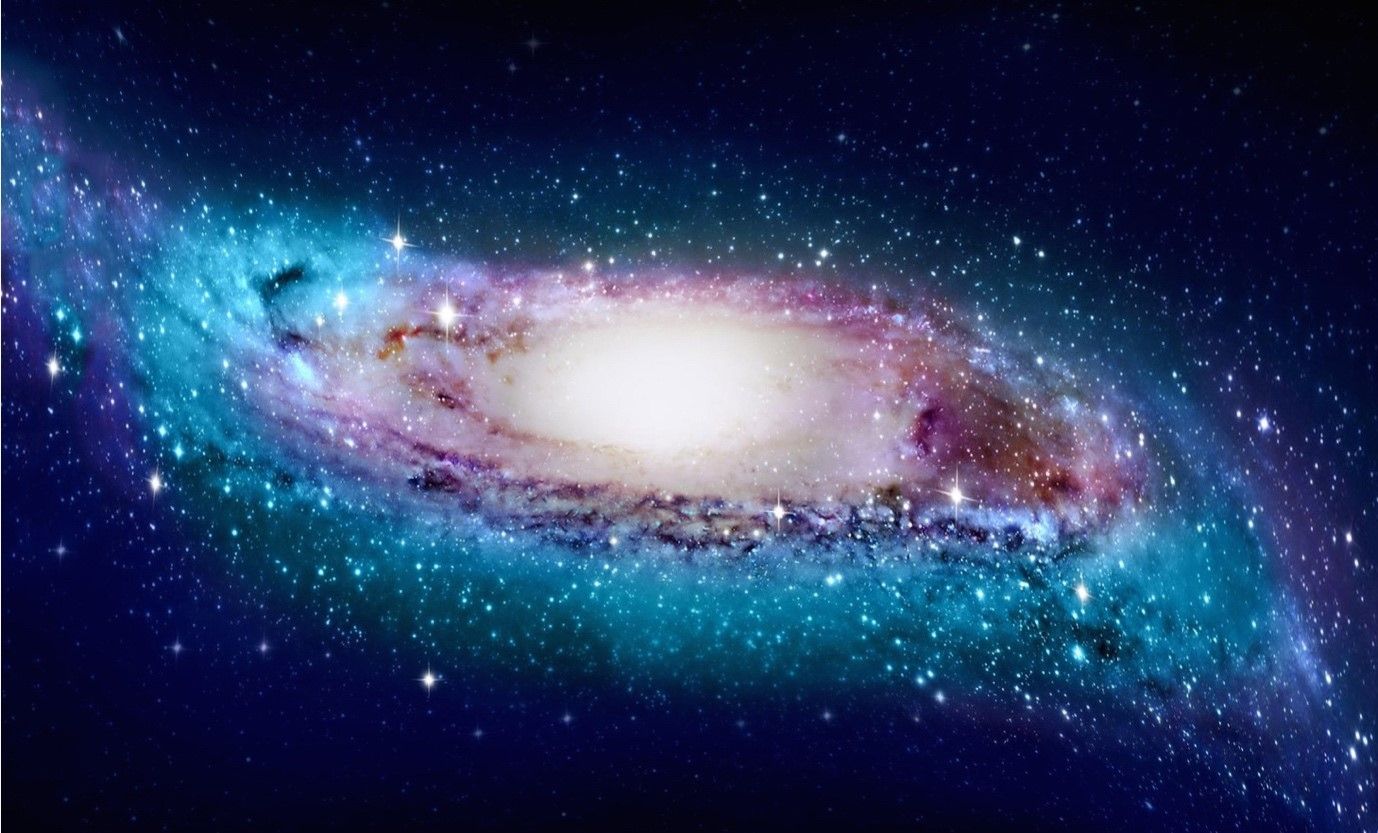Half of Sun-Like Stars in Galaxy Could Host a Habitable Planet
Article by Mike Williams November 3, 2020 (unilad.co.uk)
• A new study claims that the Milky Way galaxy could in fact be home to many other inhabitable planets just like ours, within the ‘habitable zone’ of its star – just the right orbital distance where water has the potential to be stable on a planet’s surface. There are around 200 billion G dwarf stars just like our sun, so the chances of some of these solar systems having a planet like Earth is conceivable.
• To illustrate how vast space is, 200 billion stars is only 7% of the Milky Way. Says the study’s co-author, Jeff Coughlin, “This is the first time that all of the pieces have been put together to provide a reliable measurement of the number of potentially habitable planets in the galaxy.” Coughlin is an exoplanet researcher at the SETI (Search for Extraterrestrial Intelligence) Institute in Mountain View, California. “We’re one step closer on the long road to finding out if we’re alone in the cosmos.”
• Building upon NASA’s Kelper’s science studies conducted between 2009 and 2018, a 2020 team, led by Steve Bryson of NASA’s Ames Research Center in California, has worked hard to discover more than 2,800 exoplanets to date. Bryson and his crew have also examined the European Space Agency’s Gaia spacecraft’s stellar properties which maps out billions of Milky Way stars.
• With all that data, the researchers have been able to predict the occurrence rates of potentially habitable Earth-sized rocky planets along with a sun-like star of similar temperatures. And the chance of there being other life forms on planets like ours is becoming more and more likely.
• [Editor’s Note] What a waste to have these scientists spend their sad careers focused on deep state red herrings, just to give the public the impression that they are diligently looking for intelligent extraterrestrial life but cannot find any, when ETs currently reside throughout our solar system and extraterrestrial civilizations permeate the galaxy and the universe. They just don’t want us to know about it.

A new study suggests there are plenty more planets just like ours out there, suggesting we aren’t alone after all.
Having barely touched the tip of space exploration, we are still largely unaware of what is out there – let alone what’s beyond the power of any NASA probe, satellite, or telescope at our disposal.
However, recent research claims the Milky Way could in fact be home to many other inhabitable planets

just like ours, when it comes to exploring the sun-like stars that could have small planets within each’s so-called ‘habitable zone’. The breakthrough claims these zones are just the right orbital distance where water has the potential to be stable on a planet’s surface.
The findings give a glimmer of hope to that age old question of whether it’s just us in the universe; reminding us that there are around 200 billion G dwarfs, aka balls of burning gas just like our sun, so the chances of some of them lighting up planets just like Earth is conceivable, Space.com reports.
But, just to illustrate how vast space is, the figure of 200 billion is only 7% of the Milky Way, as co-author of the study, Jeff Coughlin, shared the significant news, saying, ‘This is the first time that all of the pieces have been put together to provide a reliable measurement of the number of potentially habitable planets in the galaxy.’
Coughlin, an exoplanet researcher at the SETI (Search for Extraterrestrial Intelligence) Institute in Mountain View, California, also said, ‘This is a key term of the Drake Equation, used to estimate the number of communicable civilizations.’
FAIR USE NOTICE: This page contains copyrighted material the use of which has not been specifically authorized by the copyright owner. ExoNews.org distributes this material for the purpose of news reporting, educational research, comment and criticism, constituting Fair Use under 17 U.S.C § 107. Please contact the Editor at ExoNews with any copyright issue.
